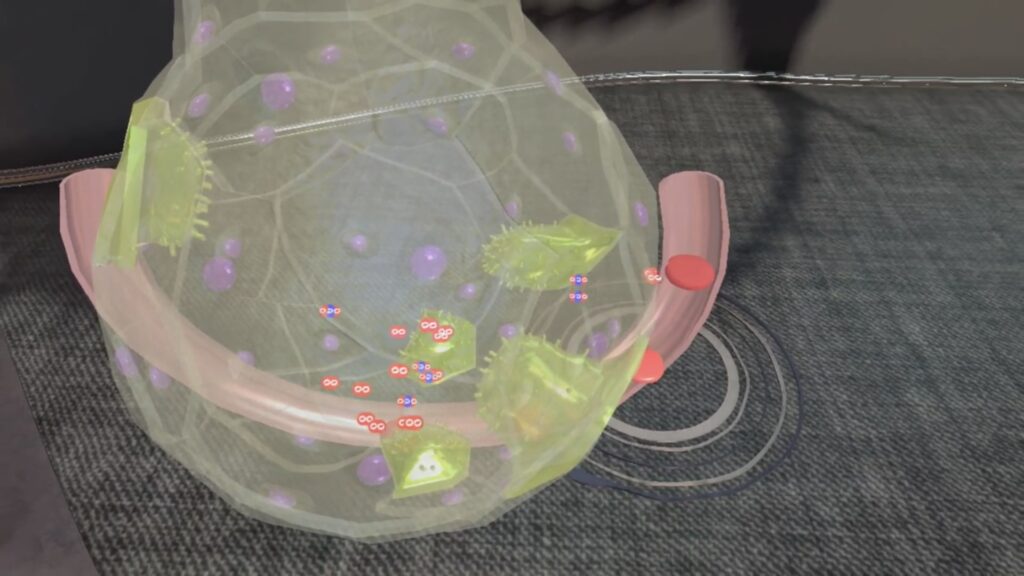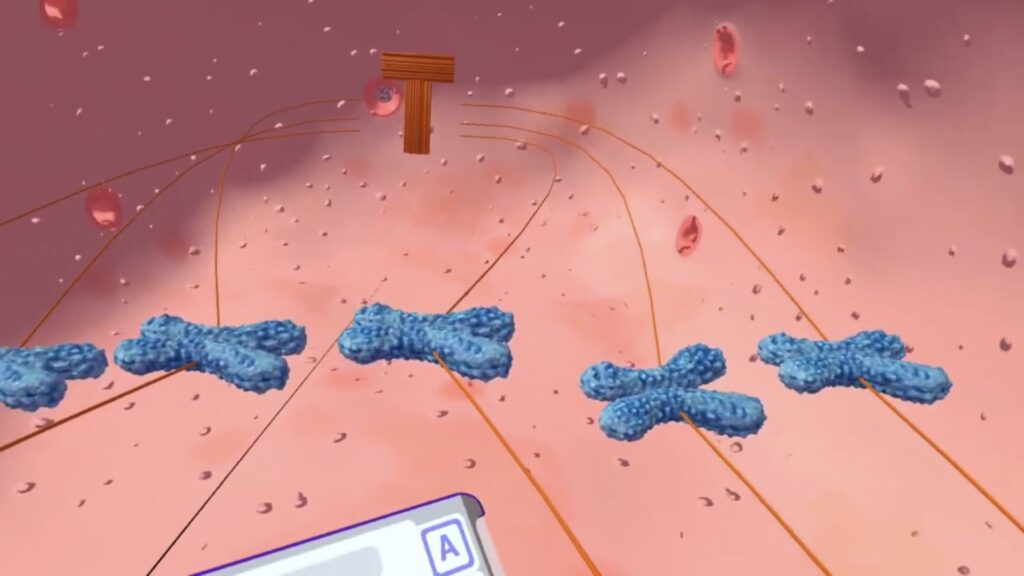

As children grow, their play becomes more complex. By 7-8 months, play takes on an educational role, helping infants interact meaningfully with the world. By 1.5 years, play evolves further, involving parents and caregivers. It becomes a tool for learning social norms, language, and problem-solving skills. This early stage is only the beginning—play remains vital throughout childhood.
The nervous system, through unconditional and conditioned reflexes, controls our responses to stimuli. Play reflexes, when channeled into structured activities, offer a safe environment. In this setting, children explore the world, test boundaries, and develop new skills. These interactions not only teach about the environment but also build social skills and creativity, fostering lifelong learning.

Incorporating play into education is powerful, and Virtual Reality (VR) takes it to the next level. VR creates an immersive, interactive environment, making learning engaging and effective. At XReady Lab, we’ve harnessed VR to develop interactive simulations for middle school STEM learning.
Our VR simulations make learning enjoyable and educational. By integrating game elements like sounds, rewards, and levels, we capture students’ attention. This approach also reinforces educational content through repetition and engagement. These mechanics help build conditioned reflexes—responses learned through repeated exposure. As a result, students stay focused and interested during lessons.
It’s essential to distinguish between gaming with learning elements and learning with game elements. Both have their place but serve different purposes. In middle school, where cognitive abilities are developing, game-based learning proves particularly effective. This method engages students while reinforcing the material in a fun way. VR facilitates this by offering a dynamic, interactive platform where students immerse themselves in the subject matter.
In a VR classroom, students don’t just receive information passively. They participate actively in their learning journey, crucial for understanding complex concepts. Whether they’re exploring the human body in a virtual biology lab or solving problems in a VR space, the possibilities are vast. VR lets students experiment, make mistakes, and learn in a supportive environment, boosting confidence and a love of learning.

Education is evolving, and technology will play a larger role in classrooms. VR offers unmatched opportunities for enhancing traditional teaching, engaging students, and deepening their understanding. By combining VR with play-based learning, educators create a tool that not only educates but also inspires.
At XReady Lab, we aim to push educational boundaries. Our VR simulations aren’t just supplements—they’re transformative tools that can change how students learn. By incorporating VR into your curriculum, you provide an experience that’s educational and unforgettable.
See how XReady Lab’s VR simulations can transform your classroom. Visit our demo request page for a free demo of our educational apps. Discover how VR can change the way your students learn. Whether you focus on STEM subjects or others, our VR solutions offer a dynamic learning experience.
Frequently Asked
We prodive VR biology, VR physics, and VR chemistry simulations. Please, check our catalog.
Please, fill the form to get demo labs for free.
Please contact our customer support service at support@xreadylab.com or book a call with the team to find out the conditions and book the VR class set up at your school.
Subscription to XReady Lab interactive VR labs. If you are a school, then you are also given access to the VR classroom system. VR class system helps you easily launch VR lessons for a large number of students, follow the experience of each student, as well as customise the content without developers.
We adhere to the world’s generally accepted recommendations and research. Our products are suitable for children from 12 years old.